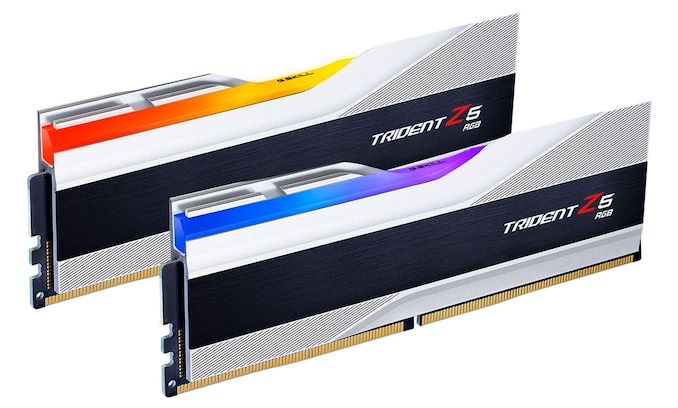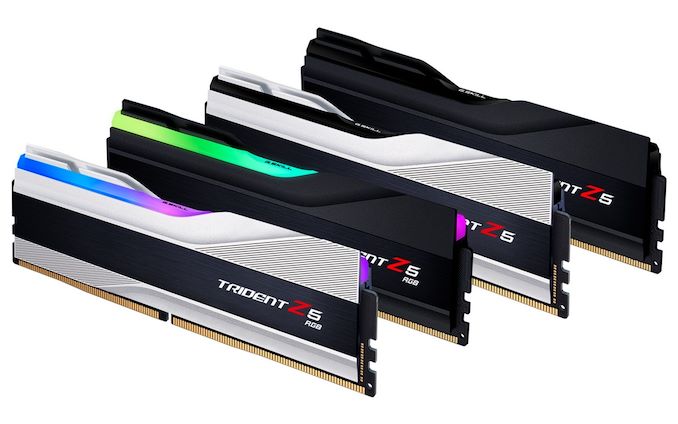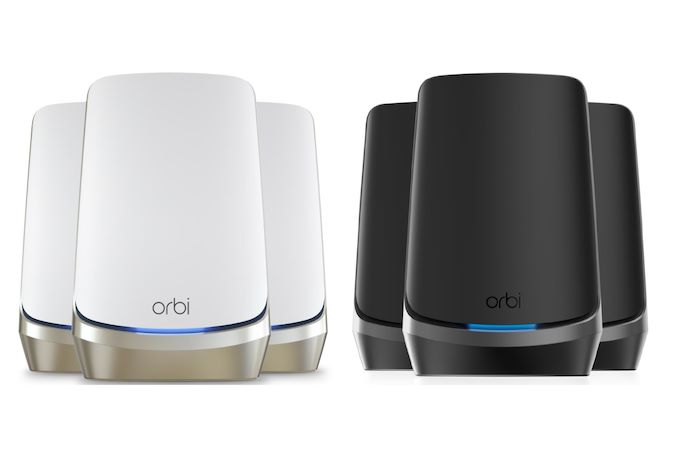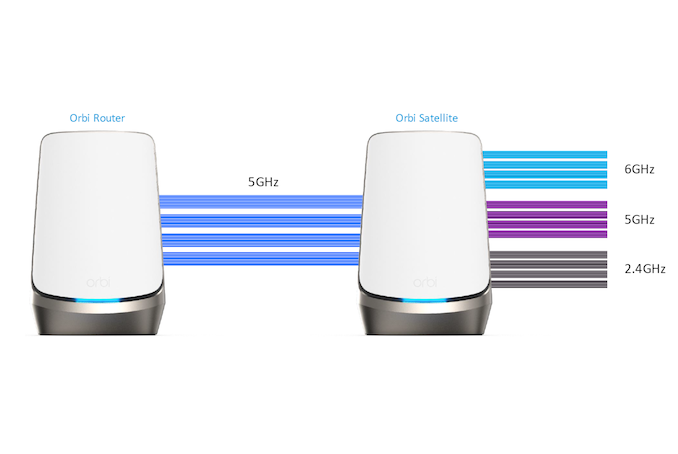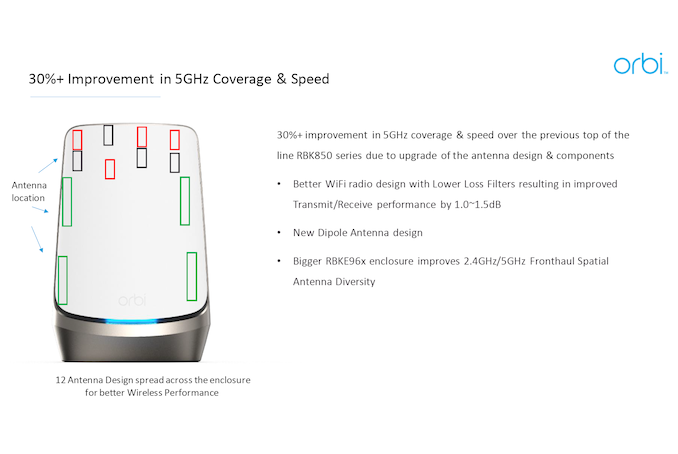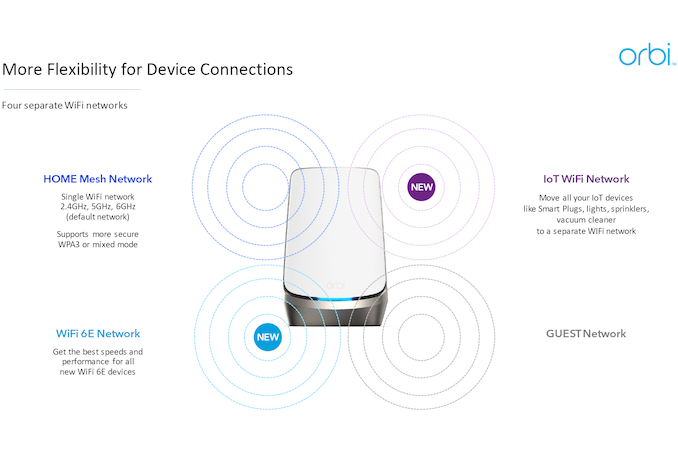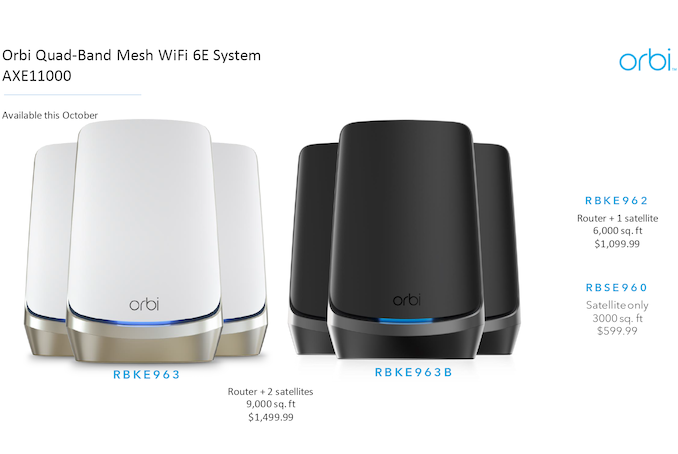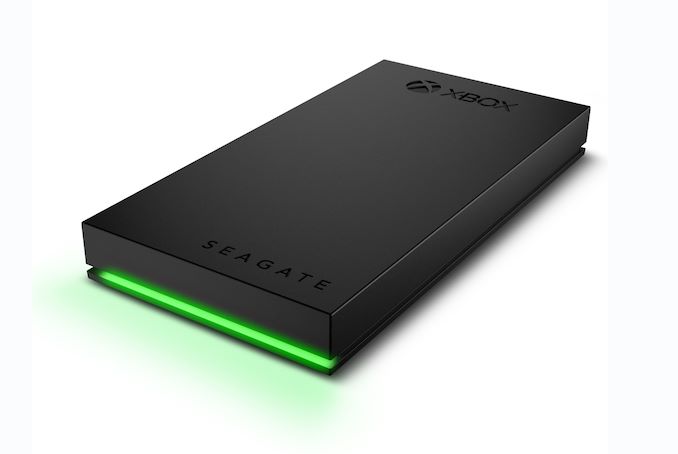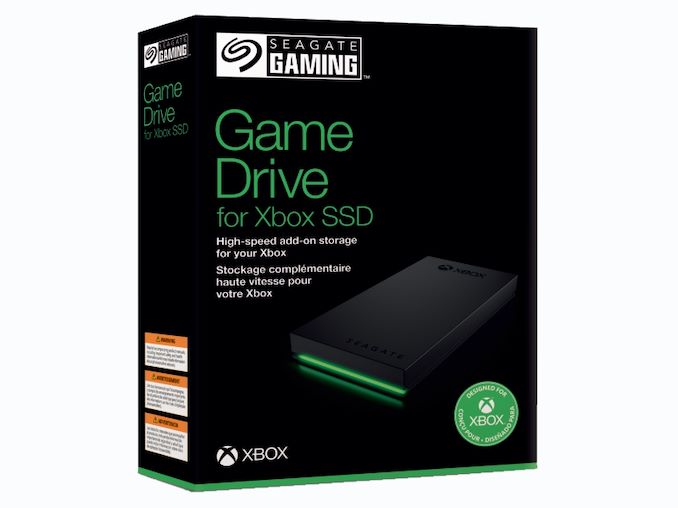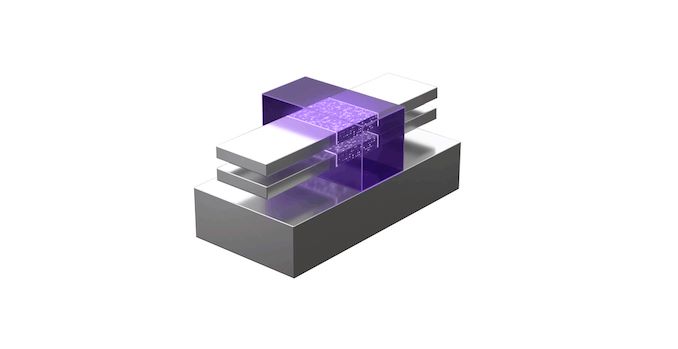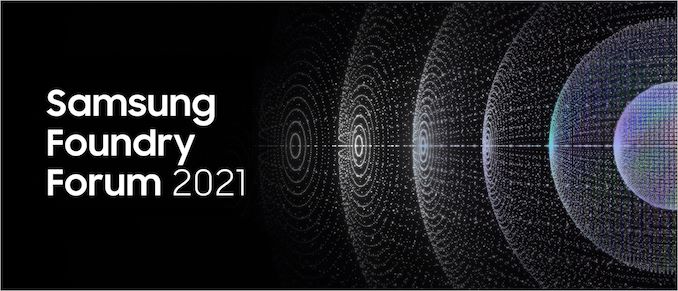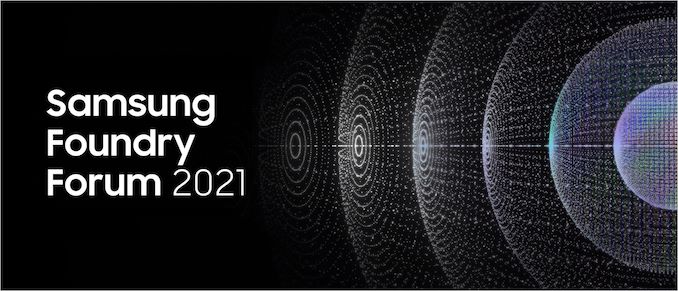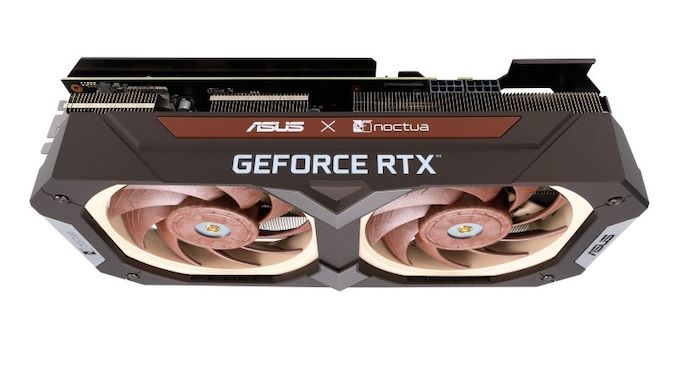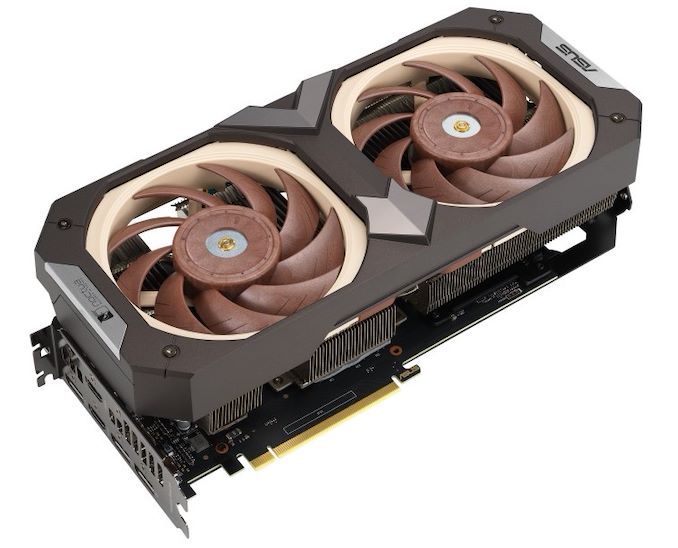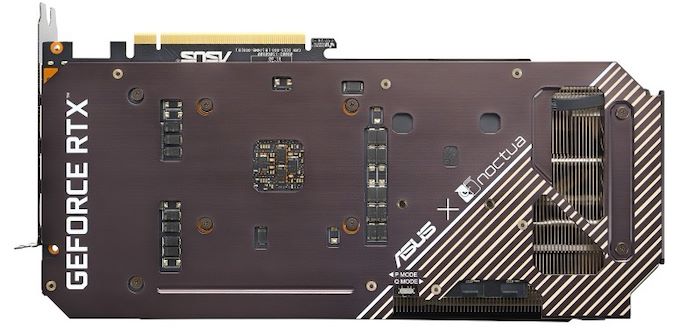
Fabs are well-known for being an expensive business to be in, so any time a new fab is slated for construction, it tends to be a big deal – especially amidst the current chip crunch. To that end, TSMC this week has announced plans to build a new, semi-specialized fab in Japan to meet the needs of its local customers. The semiconductor manufacturing facility will focus on mature and specialty fabrication technologies that are used to make chips with long lifecycles for automakers and consumer electronics. The fab will be Japan’s most advanced fab for logic when it becomes operational in late 2024 and if the rumors about planned investments are correct, it could also be Japan’s largest fab for logic chips.
“After conducting due diligence, we announce our intention to build a specialty technology fab in Japan, subject to our board of directors approval,” announced CC Wei, chief executive officer of TSMC, during a conference call with investors and financial analysts. “We have received a strong commitment to support this project from both our customers and the Japanese government.”
Comes Online in Late 2024
TSMC’s fab in Japan will process 300-mm wafers using a variety of specialty and mature nodes, including a number of 28 nm technologies as well as 22ULP process for ultra-low-power devices. These nodes are not used to make leading-edge ASICs and SoCs, but they are widely used by automotive and consumer electronics industries and will continue to be used for years to come not only for existing chips, but for upcoming solutions as well.
“This fab will utilize 20 nm to 28 nm technology for semiconductor wafer fabrication,” Wei added. “Fab construction is scheduled to begin in 2022 and production is targeted to begin in late 2024, further details will be provided subject to the board approval.”
While TSMC disclosed the specialized nature of the fab, its schedule, and the fact that it gained support from clients and the Japanese government, the company is not revealing anything beyond that. In fact, while it confirmed that the cost of the semiconductor production facility is not included in its $100 billion three-year CapEx plan, it refused to give any estimates about its planned investments in the project.
Meanwhile, there are many things that make this fab special for TSMC, Japan, and the industry.
The Most Advanced Logic Fab in Japan
It was late 2005, AMD and Intel started to ship their first dual-core processors and the CPU frequency battle was officially over. Intel was getting ready to introduce its first 65nm chips in early 2006 and all of a sudden Panasonic said that it had started volume production of the world’s first application processors using a 65 nm technology, which it co-developed with Renesas, putting Panasonic a couple of months ahead of mighty Intel. In mid-2007, Panasonic again beat Intel to punch by several months with its 45 nm fabrication process.
But with their 32 nm node, Panasonic was 9 – 10 months behind Intel. And while the company did a half-node shrink of this process, it ultimately pulled the plug on 22nm following other Japanese conglomerates that opted out from the process technology race even earlier. By now, all Japanese automotive and electronics companies outsource their advanced chips to foundries, who in turn, build the majority of them outside of Japan.
By bringing a 22ULP/28nm-capable fab to Japan, TSMC’s plans will not only brings advanced logic manufacturing back to the country, but it would also amount to the most advanced fab in Japan. TSMC is also constructing an R&D center in Japan and cooperates with the University of Tokyo on various matters, so its presence in the country is growing, which is good news for the local semiconductor industry.
Previously TSMC concentrated its fabs and R&D facilities in Taiwan, but it looks like its rapid growth fueled by surging demand for semiconductors as well as geopolitical matters are compelling the foundry to diversify its production and R&D locations.
What is particularly interesting is that according to a Nikkei report, the Japanese production facility will be co-funded by TSMC, the Japanese government, and Sony. This marks another major strategy shift for TSMC, which tends to fully own its fabs. In fact, if the Nikkei report is to be believed, the whole project will cost around $7 billion (though it is not said whether this is the cost of first phase of the fab, or a potential multi-year investment).
To put the number into context, SMIC recently announced plans to spend around $8.87 billion on a fab with planned capacity of around 100,000 300-mm wafer starts per month (WSPM). TSMC’s facility will presumably cost less and will be built in a country with higher operating costs, so it may well not be a GigaFab-level facility (which have capacity of ~100K WSPM). But still, we are talking about a sizable fab that could have a capacity of tens of thousands of wafer starts per month, which would make it Japan’s biggest 300-mm logic facility ever. Just for comparison, the former Panasonic fab in Uozo (now controlled by Tower Semiconductor and Nuvoton) has a capacity of around 8,000 WSPM.
TSMC has not formally confirmed any numbers about its Japanese fab, but the company tends to build rather large production facilities that can be expanded if needed. Meanwhile, a fab in Japan that well serve needs of local automotive and electronics conglomerates promises to help them to avoid shortages of chips in the future. This would also leave TSMC free to assign its 28nmTaiwanese and Chinese production lines to other applications, including PCs, which is important for the whole industry.
![]()
![]()
Source: AnandTech – TSMC to Build Japan’s Most Advanced Semiconductor Fab

